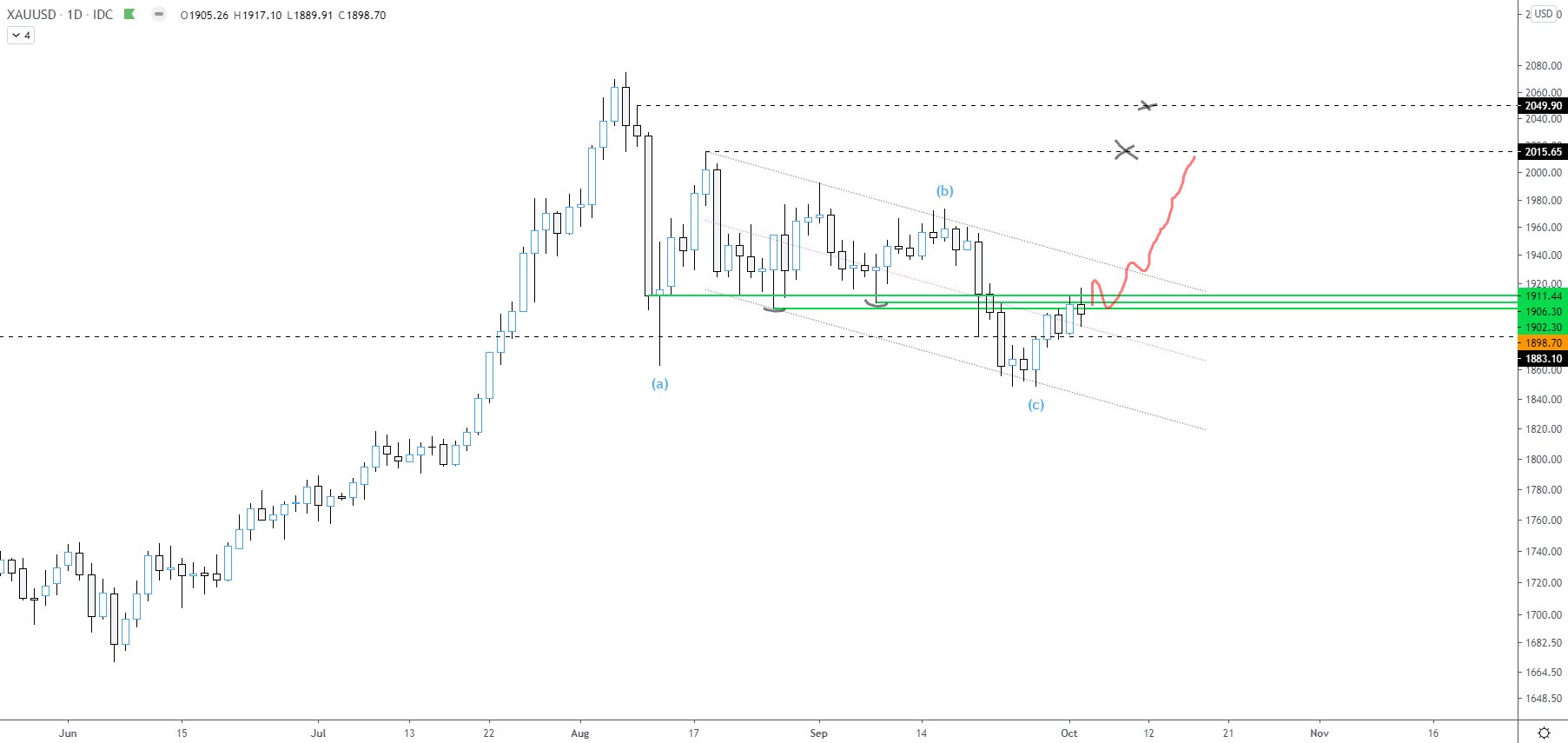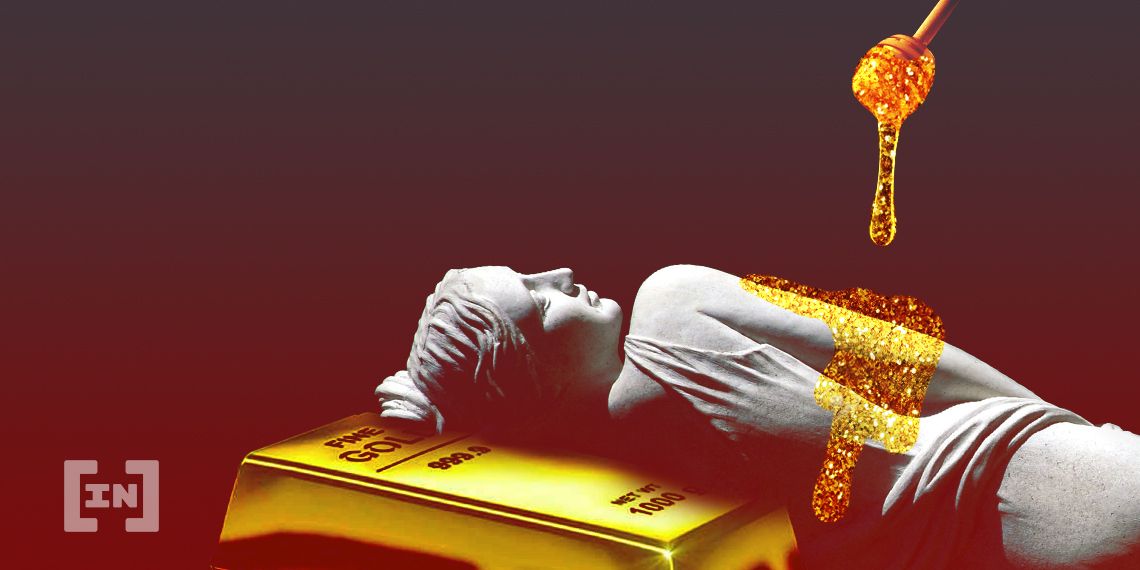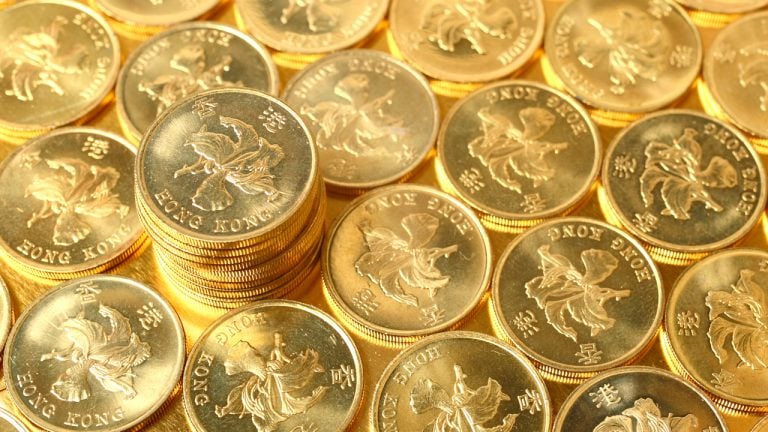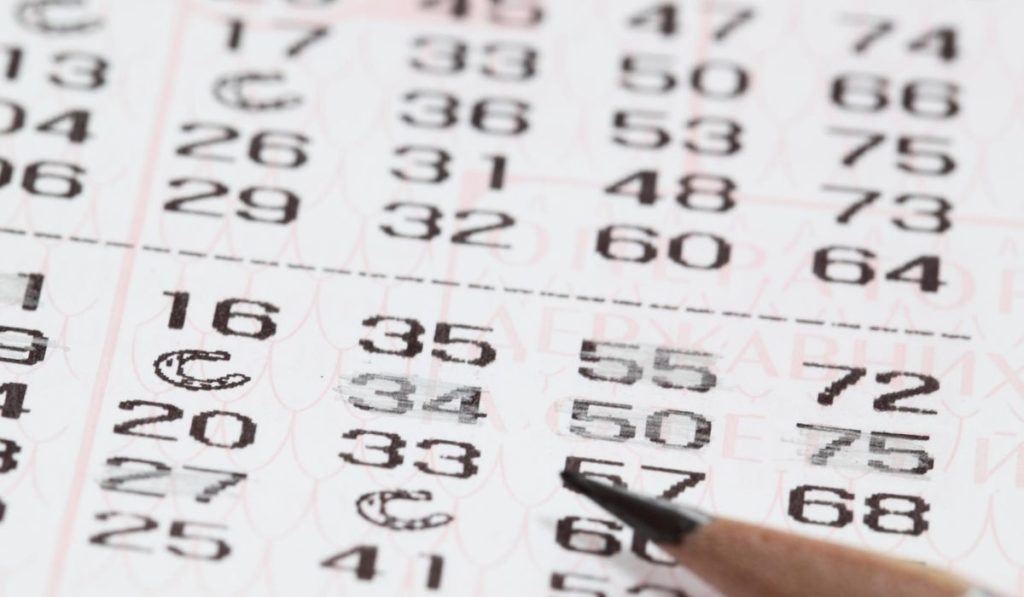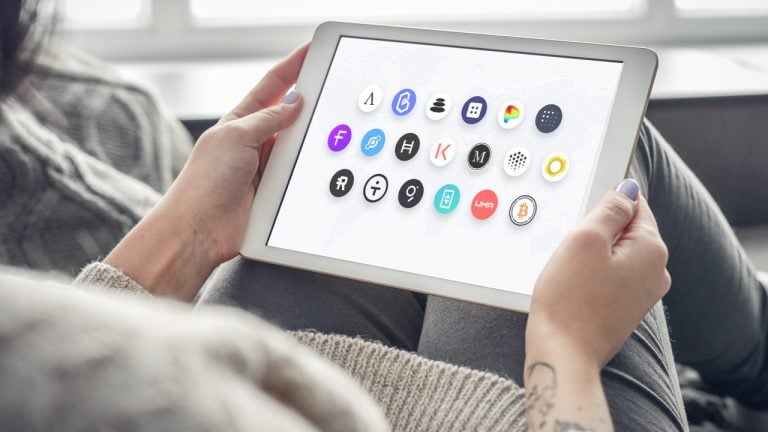2020-10-23 03:03 |
Interest-earning tokenized gold proves The Oracle of Omaha wrong about gold’s utility
by Stella Zlatareva, Nexo Editorial Team
Gold’s worth no longer solely derives from the (undeniable) value bestowed upon it by social agreement The archaic dependence on gold certificates to prove gold ownership can be phased out thanks to tokenization The rising adoption of tokenization in the age-old gold market signals a rapprochement between digital asset enthusiasts and volatility-averse crypto skeptics Gold’s value is a social constructWhat is real money and what is real gold? Money is real because everyone agrees it is and knows it will be accepted as payment. Much in the same way, gold derives its value by virtue of its functions. Its practical applications – as bona fide gold opponent Warren Buffett would probably agree – are not that many. Gold’s actual value is a social construct, as this precious metal has way fewer practical applications than its less valuable cousin, silver. But historically, gold has always gone beyond that with its ability to store value, its malleability, its cross-cultural significance as a symbol of wealth and status, and the allure of being plentiful and rare at the same time.
The pandemic and the ensuing economic crisis proved that gold is as relevant as ever, with the precious metal reaching an all-time high of $2,075 per ounce in August 2020. Over the past critical months, investors rushed to gold, seeking a hedge against the potentially widespread inflation triggered by central banks’ overloaded money-printing presses. Simultaneously, households resorted to selling family possessions such as golden jewelry to weather the shortage of regular income. Business in cash-for-gold stores in Spain, for instance, started booming once the COVID-19 lockdown was over.
Not your keys, not your goldWhile individual sovereignty over our financial assets has improved dramatically over the years thanks to the adoption of cryptocurrencies and the underlying technology, it is archaic that we still depend on gold certificates issued by third parties to prove our gold ownership. These certificates can be easily manipulated – just like banknotes, they can be counterfeited or deliberately over-issued, poorly administered, duplicated, and used past their surrender date.
In contrast, the only proof of ownership for crypto is the private keys each holder possesses. This prompted the phrase popularized by Andreas Antonopolous “not your keys, not your coins,” along with an ongoing debate about whether blockchain’s private keys guarantee ownership of an asset. Just like money, whether holding a token certifies ownership is up to establishing a collective societal agreement that holding a token equals ownership.
“Physical Gold” vs. “Paper Gold” welcomes “Tokenized Gold” to the debateIn 2019, Paxos launched PAX Gold (PAXG) –– the first cryptocurrency directly tied to the value of gold. PAXG “is not a representation of gold, it is the legal title for each asset” and stands for assets that “would not have to be tied to a physical process,” CEO Chad Cascarilla explained at the time. The elimination of such physical dependencies and limitations is precisely what blockchain technology’s entire proposition is about – making assets easily divisible and distributable. You’ve got the keys, therefore you’ve got the gold.
Throughout 2020, interest in tokenized gold has kept growing, with demand for PAXG in particular rising roughly 25% over Q2 and Q3. One company that witnessed this trend first-hand was crypto lender Nexo – the firm saw a 61.2% quarter-on-quarter increase in the number of loans collateralized by PAXG in Q3 of 2020. What’s more, 78% of Nexo’s nearly 1 million users responded in a recent poll conducted by the digital lender that they were interested in buying digital forms of gold. The vocal support for digitized gold tipped the balance in favor of introducing PAXG to Nexo’s Earn on Crypto product as of October 2020.
This recent move translates into a shift of the answer to gold adversaries’ question, “But can you earn interest on precious metals?” Òhe answer is a resounding “yes.” Mr. Buffett now has to come up with a more quotable gold line than “It doesn’t do anything but sit there and look at you.”
Perhaps one of the significant implications of the growing popularity of tokenized gold is its affirmation of the collective agreement that gold-backed tokens are indeed legitimate and widely accepted proof of gold ownership.
The rising adoption of tokenization, specifically in the age-old and very traditional gold market, indicates ownership guaranteed by private keys is on par with – or even surpasses – traditional ownership certifications. This signals that reconciliation between different types and generations of investors – between digital asset enthusiasts and volatility-averse crypto skeptics, is not only possible but well on its way.
Whether this rapprochement crept in unnoticed or was orchestrated, the social significance of gold – as a traditional asset that risk-wary investors feel comfortable with – arguably plays a key role in driving the shift. It paves the way for a smooth change in the narrative. Tokenized gold, in this respect, very much embodies the evolution to a collective proof of gold ownership that has been hitherto so elusive.
The VerdictWarren Buffett’s anti-gold stance is largely based on its lack of utility. Before tokenized gold, it would not have been difficult to disagree with The Oracle of Omaha – after all, gold is a rather useless metal the significance of which is, ultimately, a social construct, be it a social construct worth $7 trillion. But thanks to tokenization, gold has evolved. It can be utilized fully. It is becoming even more valuable.
Gold’s value, as a tokenized asset, no longer solely derives from its (undeniable) social significance, but from all the things you can do with it in that form — earn on, borrow against, sell, exchange, you name it. Indeed, those recently polled Nexo users ranked the utility of gold-backed tokens far above their redeemability for physical gold. It is precisely this utility offered by tokenization that flips Buffett’s criticism of gold on its head, lending unlimited opportunities for your gold to do something.
Tokenized gold marks a new, more inclusive era for this age-old market, with gold-backed tokens’ capacity for integration into any financial or blockchain-based service at the forefront of the asset’s future potential. With the rollercoaster that 2020 has been, it now remains to be seen with just how big a bang this era will be ushered in.
The post Not Anymore, Mr. Buffett: Tokenization Marks a New Era for Gold appeared first on CoinMarketCap Blog.
origin »Golos Gold (GBG) íà Currencies.ru
|
|

